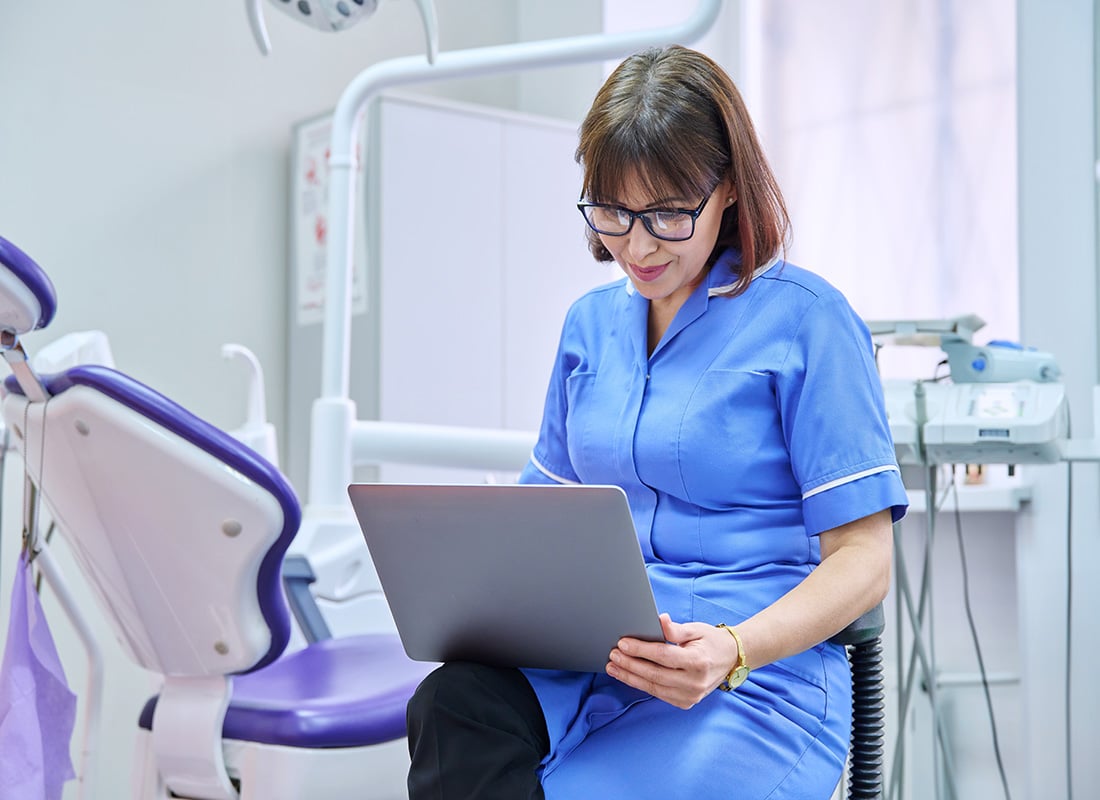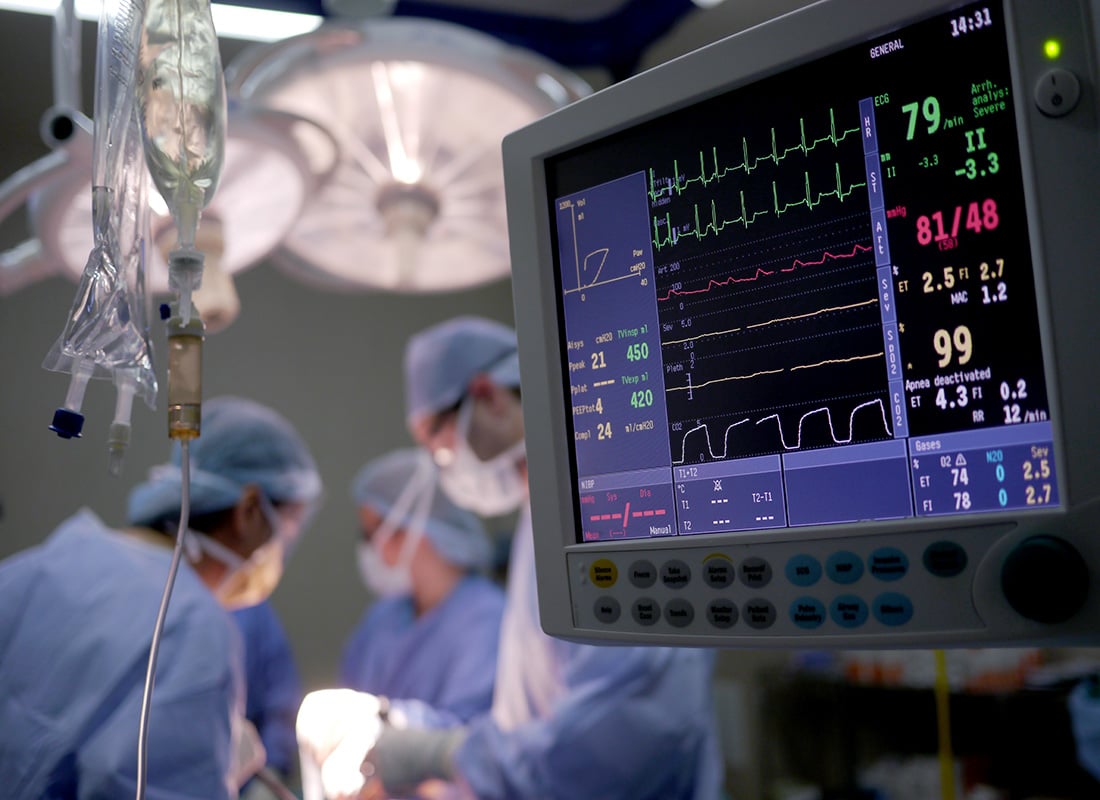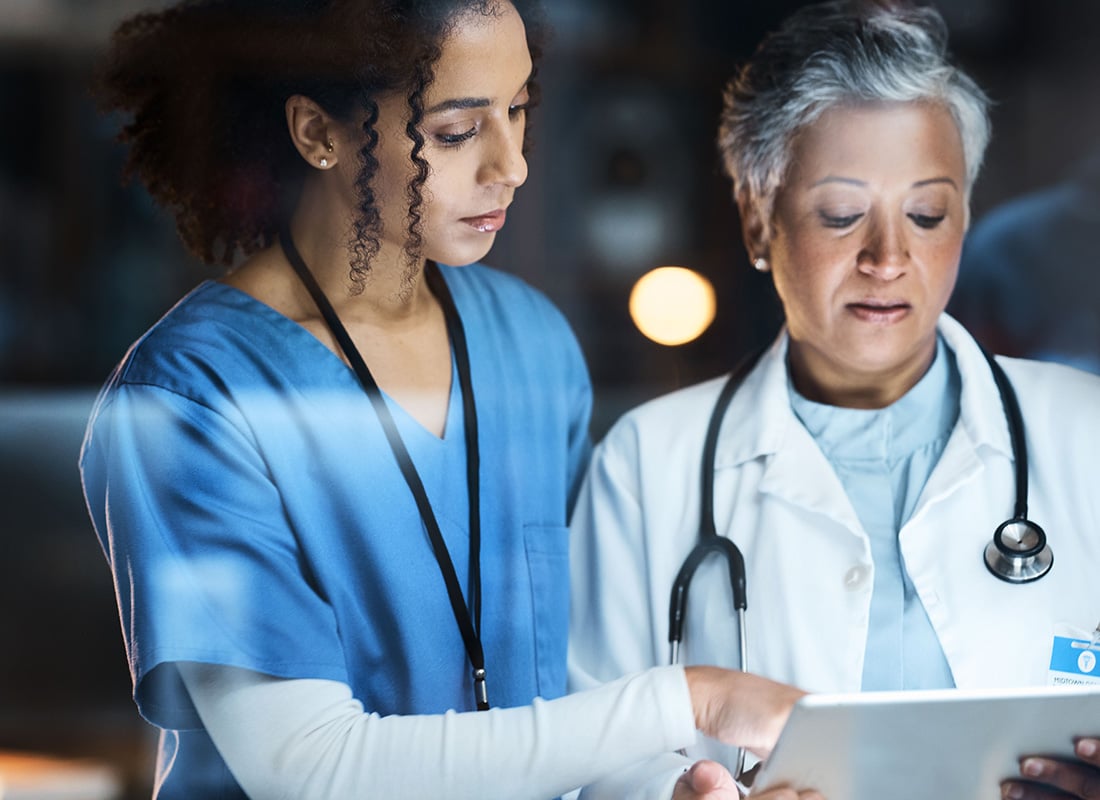Jonny Sammut, Director of Digital Services at the Welsh Ambulance Services University NHS Trust, tells Martin Cooper MBCS about the innovative work his team is doing to transform their emergency service.
Being overtaken on the road by an ambulance, with its blue lights strobing, engine straining and sirens blaring, is a moment that is a necessarily attention-grabbing experience. As Jonny Sammut, Director of Digital Services at the Welsh Ambulance Service, explains emphatically, saving moments during a response can save lives. What’s hidden in that energy-charged moment is just how much digital technology is at work and how much more could — possibly should — be if Jonny and his team have their way.
Before joining the Welsh Ambulance Service, Jonny worked at the North West Ambulance Service. Before that, he worked in various private sector organisations across industries, including insurance and professional services. The common and unifying theme, however, is data and technology.
As an organisation, the Welsh Ambulance Service boasts some impressive figures. As its name suggests, it is the national ambulance provider for Wales, and its remit encompasses 999, 111 operations and non-emergency transport. The service, Jonny, explains, serves over three million people and covers 8,000 square miles.
‘Just to give you a flavour about demand, we have well over half a million 999 calls a year’, he says. ‘We respond to in excess of a quarter of a million emergency calls and over 50,000 urgent calls. We also have over 1.3 million non-emergency patient transport journeys across Wales. We have around 5,000 people working with us… across contact centres, regional offices, our workshops and our 90 stations.’
How emergency services prioritise calls
To provide further insight, Jonny sets the scene by explaining what happens when someone makes a call to 999. Traditionally, a call handler answers and collects essential details from the caller. This information is entered into a system that uses clinical rules to assess the severity or acuity of the situation. Based on this assessment, the system recommends the appropriate response. The ambulance service then utilises a computer-aided dispatch (CAD) system to dispatch the most suitable ambulance or emergency team.
Being a call handler, Jonny explains, is a very specialist job. Along with gathering necessary information from the caller, the handler is also looking for other signs and signals. He says: ‘The call handler will be listening to the caller, taking in that verbal information and also non-verbal cues. They’ll be noting what they can hear in the background, laboured breathing or signs of any dangerous scenarios. They're creating a picture of the patient to help them make a decision about the response they need.’
The system is, however, being changed to offer better integration and more tailored emergency responses. While high-acuity (urgent) calls will still receive a traditional ambulance response, lower-acuity cases will be triaged through a new Remote Integrated Care Service. This service aims to quickly assess needs and direct people to more appropriate care options, such as self-care, community response teams, or referrals to other existing services.
How automation could improve urgent healthcare
‘We're trying to change the model and to move away from a process where the instant you call, you get an ambulance and then you go and wait outside A&E’, Jonny says. ‘We want to get people the right care at the right time. So, we're going through this process at the moment… we’re going live soon. It’s an exciting time.’
This isn’t the end of the story, as Jonny is already thinking about how this new system could be further enhanced in the future.
‘I’d like to get to where people don’t have to call’, he says. ‘We could use an app as a way into the service or possibly an event trigger in a piece of wearable technology. Possibly this technology recognises an abnormal heart rhythm and it suggests that you need to get checked. So, there are automation opportunities we could be exploring, and we are. There’s still more we can automate… it’s about creating a frictionless first contact.’
When the call has arrived and the handler is working, Jonny suggests that ambient AI might be a useful tool. ‘I'd love it to be in a place where our core systems have got a bit of AI used for listening, so they're able to provide the call handler with information in real time. I think if we could use AI to enhance triage, that would be great’, he suggests. ‘We could pull information from across different health records and build a picture of the patient. AI could really speed up that response and improve accuracy.’
Finally, Jonny says there’s scope for ambulances themselves to be enhanced with smarter navigation systems. ‘We have what we’ve labelled Intelligent Routing to the patient’, he says. ‘It'll try and find the neatest route through, but it doesn't take into account things like traffic and road closures. At the moment, for that we’re dependent on the paramedic or the emergency medical technician’s local knowledge.’
How data can keep ambulances ready
Ambulance services now operate with little downtime. Vehicles are constantly in use, either transporting patients or waiting at hospitals. Jonny said: ‘Like our staff and volunteers, ambulances don't rest very often.’
For you
Be part of something bigger, join BCS, The Chartered Institute for IT.
The traditional approach of strategically positioning ambulances based on call volumes and geography has shifted. Today, demand and system pressures mean vehicles are rarely idle. To manage this, services rely on central hubs known as make-ready depots. These sites allow crews to restock, refuel, clean, and prepare ambulances quickly for the next shift. Real-time tracking and historical data enable efficient routing of vehicles, aiming to reduce delays and improve response times.
The Welsh Ambulance team is also considering how data can be used to monitor the health of the ambulance itself. ‘We're looking at that real-time telemetry,’ Jonny says. ‘So, how do we monitor a vehicle's health, tyre pressure, and fuel levels in an automated fashion? And again, this is about reducing the burden of doing that manually for the team, so we can get the clinically trained people out dealing with patients and not ambulances.’
Elsewhere, and as you can imagine, ambulances carry a wide range of clinical equipment, much of which has expiry dates and stock levels that require regular checking. Currently, this audit process is largely manual. There is interest, Jonny says, in using IoT sensors to automate and digitise how stock is managed.
Equipment tracking is another area under review. Ambulances often carry high-value items, such as defibrillators and stretchers, which can easily go missing during busy moments or during hospital handovers. To reduce the risk, Radio Frequency Identification (RFID) tracking is being explored.
These ideas are part of broader initiatives focused on smart vehicles and smart sites, all aimed at making things easier for staff and improving the management of resources.
How technology can reduce strain on emergency responders
Summing up his view on how technology could and should be used, he says: ‘For me, there's more that can be done with digital taking that strain off people.’
And working as part of an ambulance crew does have its strains and stresses. Some of this, Jonny explains, can be attributed to the quality and amount of information they receive before attending an incident.
‘You’ve got one person driving and the other is getting limited information from the CAD system and details from the call handler’, Jonny says, discussing what happens while an ambulance is travelling to an incident. Information might be drawn from the Welsh Clinical Portal, the Summary Care Record, and electronic Patient Care Record. These tools help provide some insight into a patient’s history, especially if the service has previously attended to them. However, accessing this information can still be challenging. The systems are not fully interoperable, meaning data isn’t automatically shared or integrated across platforms. This makes it harder to quickly build a complete picture of a patient’s needs in real time. Access to GP and social care records can also be limited by technical or legal barriers.
Work is ongoing to improve this, including the development of a National Data Repository, which aims to bring different data sources together into a single, more accessible system.
‘They often have only a limited view of what they're turning up to. You have to think of the impact on people there. They're arriving at some horrific scenes. It's a tough job anyway, but when the details of what they're turning up to are sketchy at best, that lack of visibility makes it very difficult.’
Summing up, Jonny says: ‘AI is in every conversation these days. For me, we’ve got to get the data bit right — that’s the priority. How do we stitch fragmented datasets together to achieve better interoperability and data standards? We need to get to a place where ambulance teams aren’t just responders — they are frontline data consumers who can access all this information quickly and easily. That’s a massive enabler for a resilient service.’
Extra: how drones can support emergency response
The Welsh Ambulance Service is also exploring how drones can support emergency response and improve safety in complex environments. Since 2020, it has led the Welsh Health Drone Innovation Partnership, a national collaboration involving several organisations, including the Welsh Blood Service and Snowdonia Aerospace.
The project is one of five funded by UK Research and Innovation to investigate how drones might support frontline care.
One focus is on how drones could deliver items like defibrillators or foil blankets to people in remote or hard-to-reach locations. However, current UK regulations require drones to remain within visual line of sight, which limits their use. The team is preparing for a future where those rules may change.
In the meantime, drones are already being used by the service’s hazardous area response teams. These drones provide live video feeds from complex scenes such as chemical incidents or collapsed structures, helping control centres make informed decisions and keep staff and patients safe. They are also useful in rural search and rescue, with sensors that can detect gases, liquids, and heat signatures.
Jonny said: ‘We’re really excited to have gone live with that. But for me, this is just a first step. But I think the potential of beyond visual line of sight drones is incredible.'












